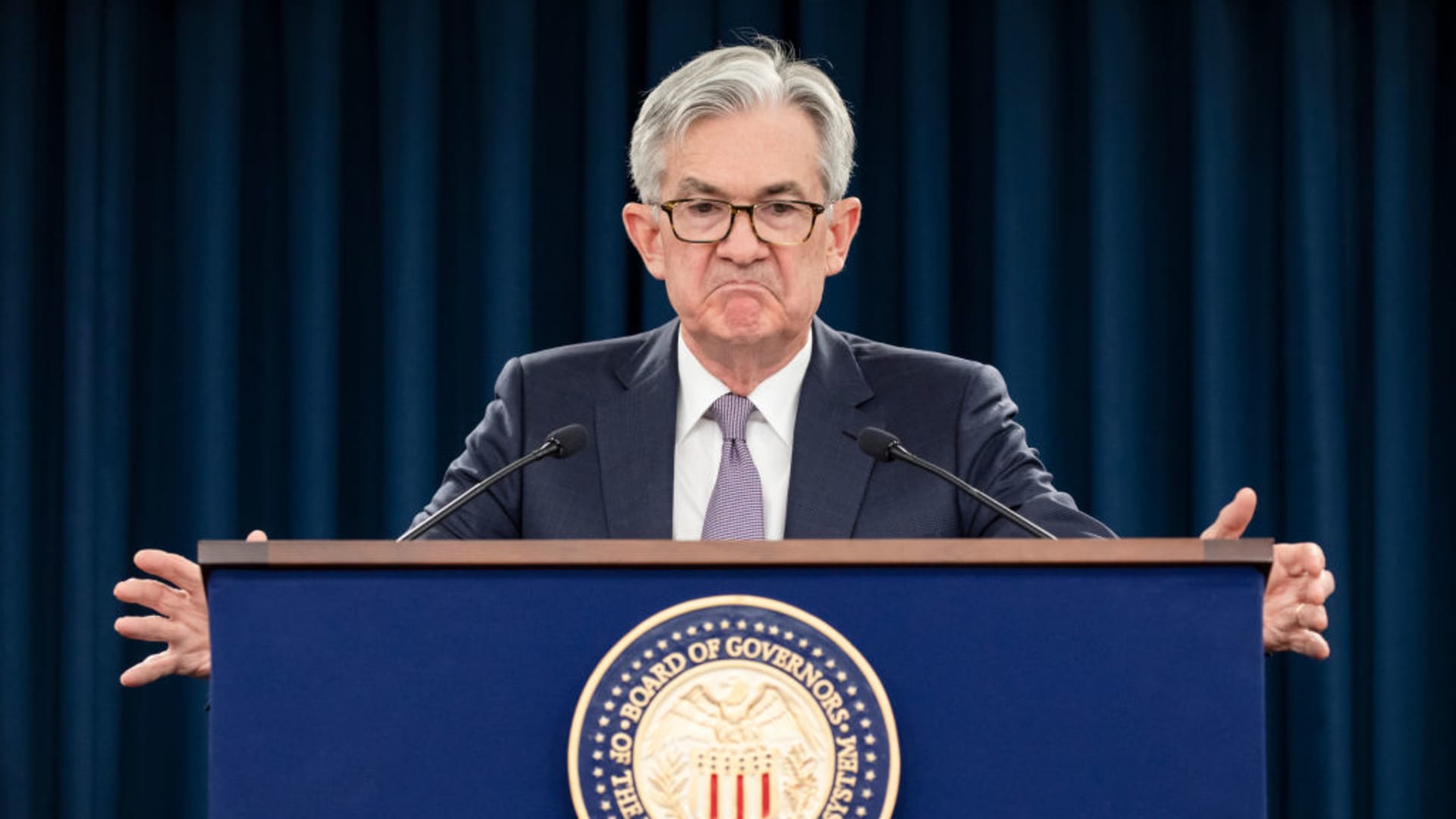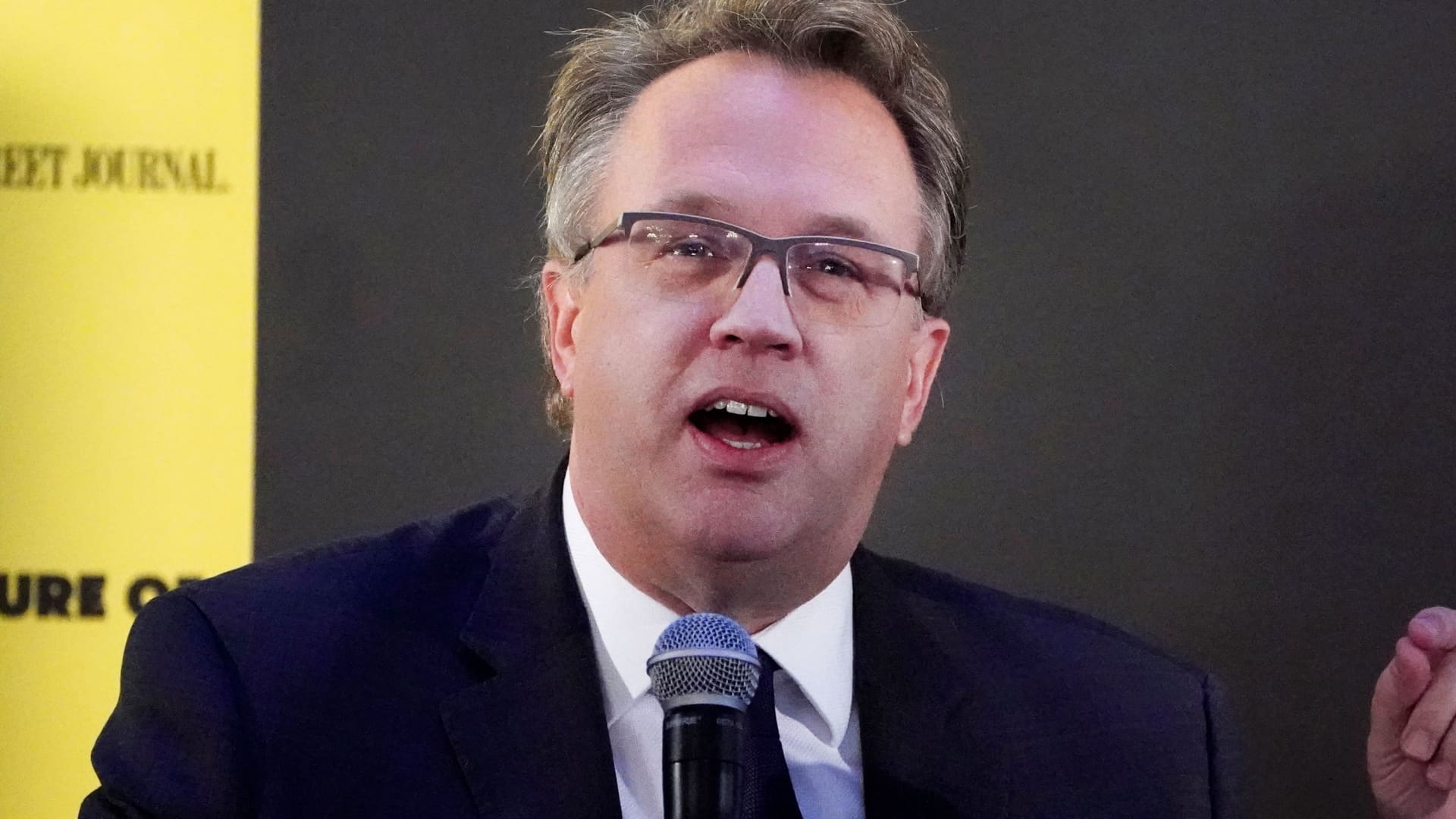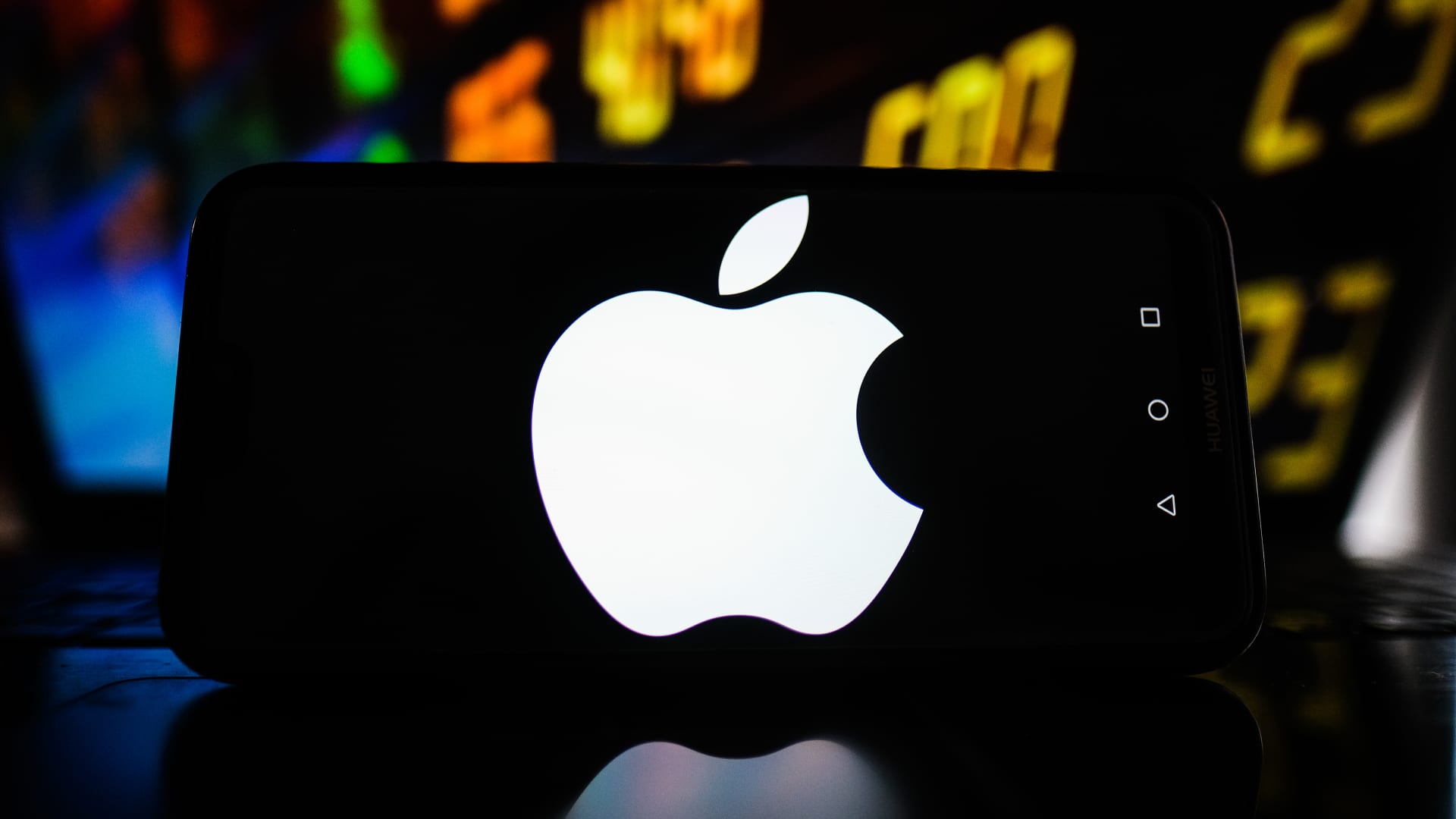US Markets
Tuesday, September 13th, 2022 10:17 am EDT

Economists say the Federal Reserve may have to speed up its campaign of higher interest rates to battle rising prices, after August consumer inflation proved hotter and more broad-based than expected. Stocks fell sharply Tuesday morning , the dollar gained and bond yields shot higher after the consumer price index was reported to have risen by 0.1% instead of declining 0.1%, as had been expected by economists surveyed by Dow Jones. The report upended a market view that inflation was cooling, and therefore the Fed would be able to pause its interest rate increases by early next year. The Fed was already widely expected to raise rates by 75 basis points on Sept. 21, three quarters of a percentage point, but now the market is pricing in 16% odds that the central bank could move its target rate even higher, by a full percentage point. There were also expectations the Fed may have to continue with large rate hikes in November and December, instead of paring them back to a half point and quarter point, respectively. Nomura economists later Tuesday said they now expect a 100 basis point rate hike for next week following the August inflation report. A basis point is 0.01 percentage point. The economists said “the broad-based strength across both monthly core goods and core services inflation — suggests a series of upside inflation risks may be materializing.” Therefore, they expect the Fed to respond more forcefully. They also now expect a half point hike in both November and December. They had expected a half point for November previously but had expected the Fed to pare back to a quarter point the following month. As expected, energy prices fell 5%, driven by a 10.6% decline in gasoline. But excluding food and energy, core CPI was up a much larger-than-expected 0.6% from July and 6.3% from a year ago. Headline inflation was higher by 8.3% year over year, down from 8.5% in July but hotter than the 8.0% expected. Core inflation was well above the 5.9% annual pace in July. Nomura U.S. senior economist Rob Dent said the report showed surprisingly broad-based inflation, with prices for everything from auto parts to medical services rising. “We saw this tug of war between goods moderating and services remaining strong. This is not a tug of war. They both moved up,” said Dent. “Right now, I think the Fed is going to be looking at this with a lot of concern. There is no good news across this report.” In the futures market, the anticipated terminal rate for fed funds jumped to 4.29% by next April, from just under 4%, prior to the 8:30 a.m. CPI release. The terminal, or end rate, is the level at which the central bank is expected to stop raising interest rates. The fed funds rate range is currently 2.25% to 2.5%. “They can’t take 1 percentage point off the table,” said Diane Swonk, chief economist at KPMG. “They’re going to have to consider 1% … . This is a Fed that is no longer feeling a little comfortable. It absolutely validated its harsh talk … . They’re justified in that view because there is lingering inflation. Inflation is showing up in serious places.” Swonk pointed to a jump in shelter costs of 0.7%, or 6.3% over last year, the biggest increase this year and a reaccelerating trend. “Eggs are up almost 40% from a year ago. The persistence of food inflation is still there. You’re hitting shelter and medical costs,” she said. Medical services rose 0.8% from July. “Dental costs had a big surge, but also hospitals. Those are the things we were waiting for, those shoes to drop,” she said. Swonk has been expecting a three-quarter point hike Sept. 21, and said the Fed will also be considering the August retail sales report, due this Thursday. She noted that the Fed wants to tighten policy as much as it can and quickly. She expects the fed funds rate to stand at 4% by year-end. The Fed has recently ramped up its hawkish rhetoric, discouraging investors from expecting it to pivot to rate cutting anytime soon. The futures market had been pricing in rate cuts for the second half of 2023. “I think it’s a game-changer, honestly. For next week, I don’t think it’s a clear cut signal. I’m still leaning toward 75 because inflation expectations have rolled over very hard,” said Aneta Markowska, Jefferies chief economist. “The prospects of them slowing down in November and December look very dim right now. And I think there’s a good chance they may have to continue this pace in November and maybe slow to 50 by December. That already would bring us to a 4.50% terminal rate.” Markowska noted that some rising prices are directly driven by higher labor costs, such as shelter and medical services. The fact it was so broad based was worrisome, she said. Prices that were expected to decline, rose instead. “You would think we would see more price weakness. Retailers are raising prices. Not because they have to, but because they can. Demand is still strong,” she said. “Furniture prices are up 1.1%. That was the largest since March.” She said it would be hard for policymakers to justify pausing at this point. “It looks like inflation is becoming much more demand driven,” said Markowska. This post has been syndicated from a third-party source. View the original article here.




